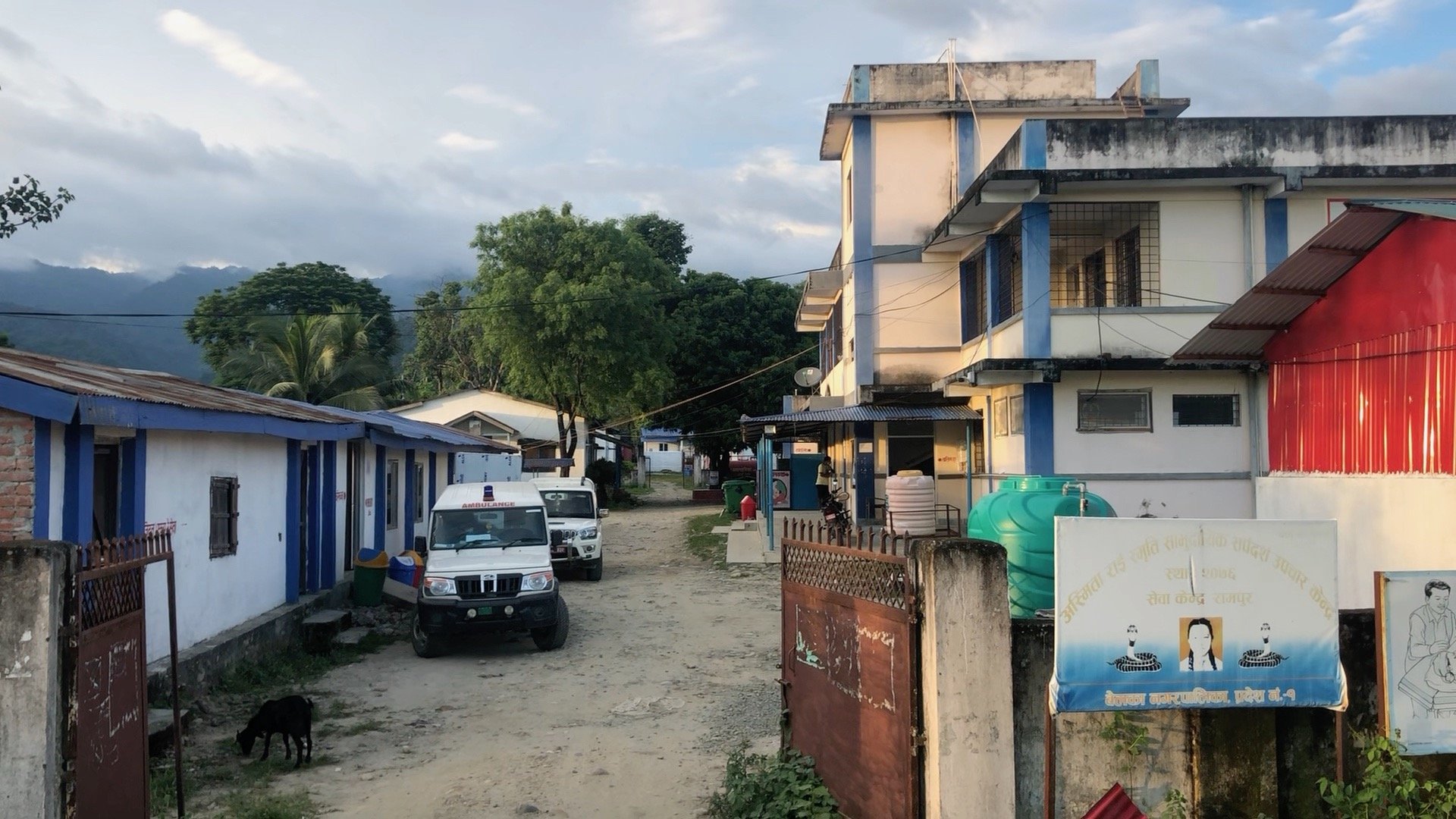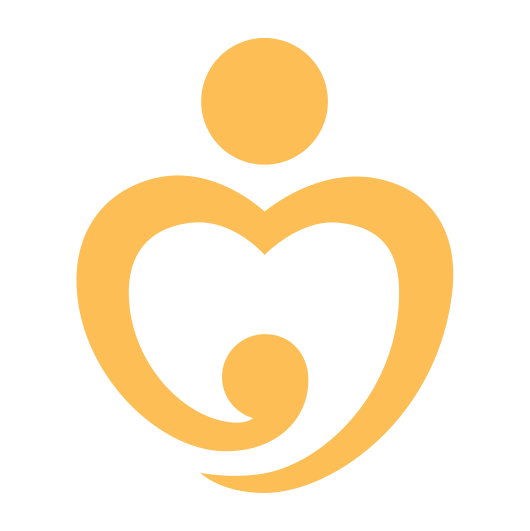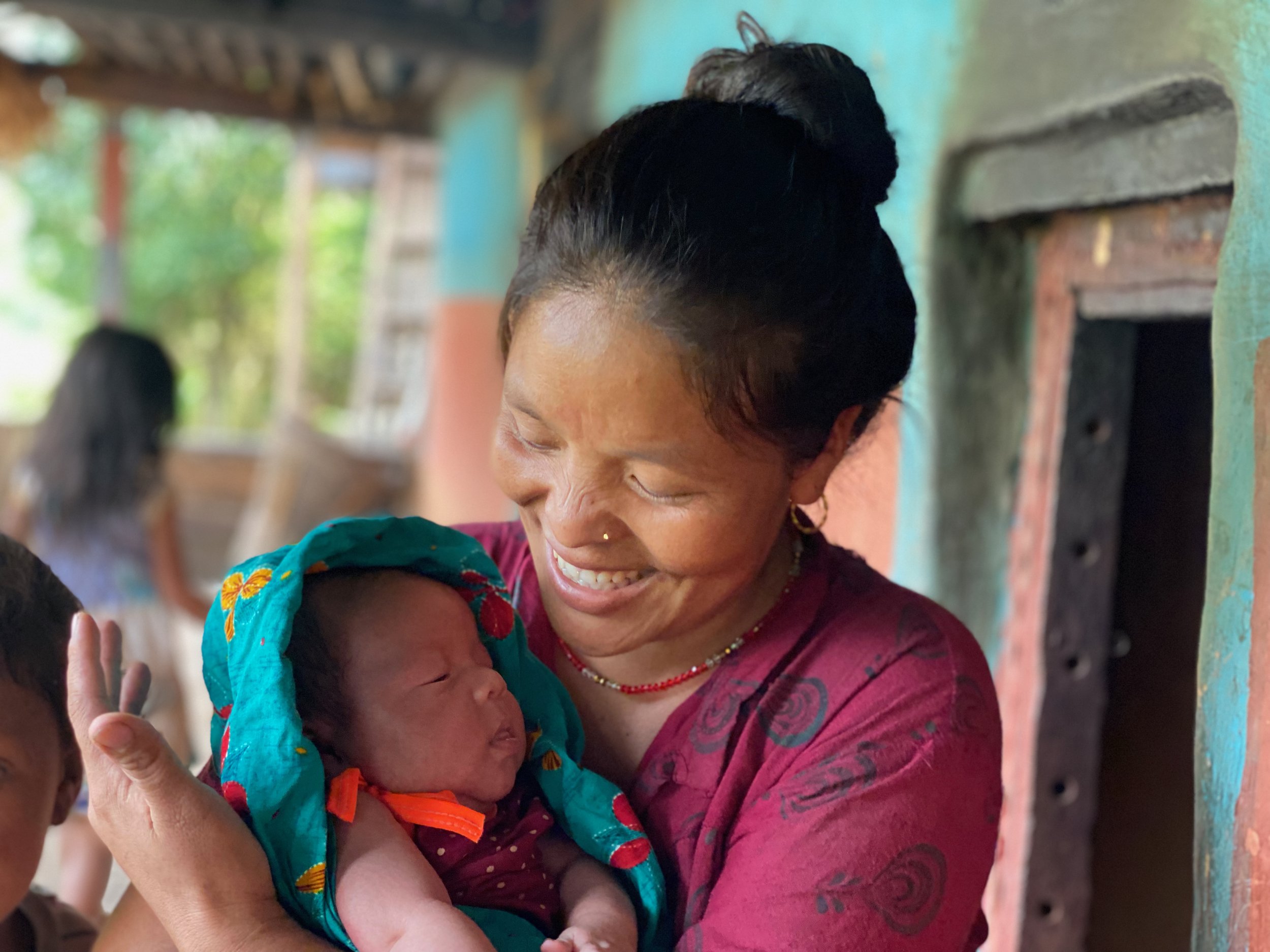
Q3 Report 2021:
July - September
Dear One Heart Family,
This quarter, I had the opportunity to take a much-awaited trip to meet our staff in Nepal and see first-hand what they are accomplishing on the ground, both in terms of our COVID response and in sustaining our regular programs. While our staff’s diligent work ethic has been evident since my first day at One Heart, witnessing firsthand the logistical challenges they face on a daily basis - such as the remote nature and difficult terrain of the communities served - has given a renewed perspective on the strength and resilience of our team, the impact we are making, and how critical our work is.
So much progress has been accomplished in just this past quarter. We hired a new Director of Development and Partnerships, Dr. Julie Dargis. With Julie’s help, we began engaging with new potential US and European partners in order to pursue exciting new multi-year bi-lateral funding opportunities, which will allow us to achieve a more robust and diversified donor base.
We finalized our donor engagement collateral documents including our 2021-2024 Strategic Plan, our Investment Profile, and a new Health Systems Strengthening Capability Statement for inclusion in bi-lateral funding opportunities.
We are excited to see what the remainder of the year will bring. Though the previous wave of the pandemic has slowed and vaccination rates continue to improve, our priority remains on scaling current efforts while ensuring that our local partners have the support they need to continue to adhere to the appropriate protocol for MNH service provision and protect the safety of mothers and newborns. Thank you for following along with the work that we do, and for your continued encouragement and support.
Sincerely,
David Murphy
Chief Executive Officer

Program Delivery
*New program delivery indicator: this is the number of health facilities receiving support from OHW to further strengthen their governance process. This includes follow-up meetings and social audits.

Q3 Highlights: Jul - Sept 2021
New Director of Development and Partnerships:
In July 2021, Dr. Julie Dargis joined the OHW team as our new Director of Development and Partnerships. Julie is a highly qualified senior professional with extensive experience in partnership building within fast-paced and post-conflict environments worldwide. In addition, Julie brings a strong fundraising background, including bi- and multilateral funding. This investment provides strategic networking and partnership opportunities to expand OHW’s local and global presence as outlined in our recently released 2021-2024 Strategic Plan.
New Local Partnerships:
As part of the renewal for our 5-year project agreement with the Social Welfare Council (SWC) which we submitted this quarter, and following a recent SWC mandate, we integrated local NGOs into our program implementation process for our 15 new program districts. We developed guidelines to identify appropriate potential NGO partners. After publishing a formal expression of interest, we successfully identified and aligned 15 new local NGOs to support our community-based work in each of our new districts.
Adapting Our Programs to the Pandemic:
The OHW team continued to adapt our programs to the changing landscape brought by the COVID-19 pandemic in Nepal. Our COVID-response programs included:
Ensuring Availability of Life-saving Drugs: Availability of essential obstetric drugs is crucial to prevent maternal deaths. Our team reached out to 2,022 Female Community Health Volunteers in our program districts to ensure that they had adequate supplies of Misoprostol and that they were correctly distributing it to pregnant women, along with appropriate counseling for birth preparedness.
Creating and Moderating a Social Media Support Group for Rural Skilled Birth Attendants (SBAs): In response to feedback from many of our rural SBA trainees who struggled with isolation in their remote posts even prior to the pandemic, we launched a dedicated private group on Facebook to provide a source of support and connection with other rural health providers. Moderated by an OHW staff member who is responsible for both vetting admission and posting relevant information and updates, this group encourages members to share their challenges/experiences and foster supportive dialogues/discussions.
Reinforcement of Government Interim Guidelines: We trained 964 rural healthcare providers and 357 local stakeholders on the Government’s Interim Guidelines on the provision of Reproductive, Maternal, Neonatal, and Child Health (RMNCH) services during the COVID-19 pandemic.
Telehealth Program for Rural Health Facilities: OHW provided financial support to 600 health facilities who offer this program, 27 of which were newly recruited health facilities. The telehealth program provided 14,112 antenatal care (ANC) teleconsults to 4,283 pregnant women and 4,163 postnatal care (PNC) teleconsults to 1,991 recently delivered women. Additionally, 146 pregnant women and 34 new mothers faced complications and were referred to the nearest hospital for further support.
Maternal and Newborn Health (MNH) Emergencies Helpline: Designed to assist rural healthcare providers in clinical decision-making during the COVID-19 pandemic when referral capacity is limited, the helpline was used by 404 birthing centers this past quarter, including 19 newly recruited facilities. As a result, 72 obstetric emergencies were effectively managed.
COVID Equipment and Supplies: As part of the government’s pandemic response, we received 102,000 Rapid SARS-CoV-2 Antigen Tests from Humanitarian Logistics Organisation e.V., manufacturer MP Biomedicals Germany GmbH, Germany in collaboration with the German Embassy in Nepal. Those test kits were delivered to the Ministry of Health and Population (MoHP) who distributed them in five provinces and 26 districts around Nepal, including OHW program districts. We also received 375 Oxygen Cylinders from the DAK Foundation which were distributed in health facilities nationwide, including our program districts.
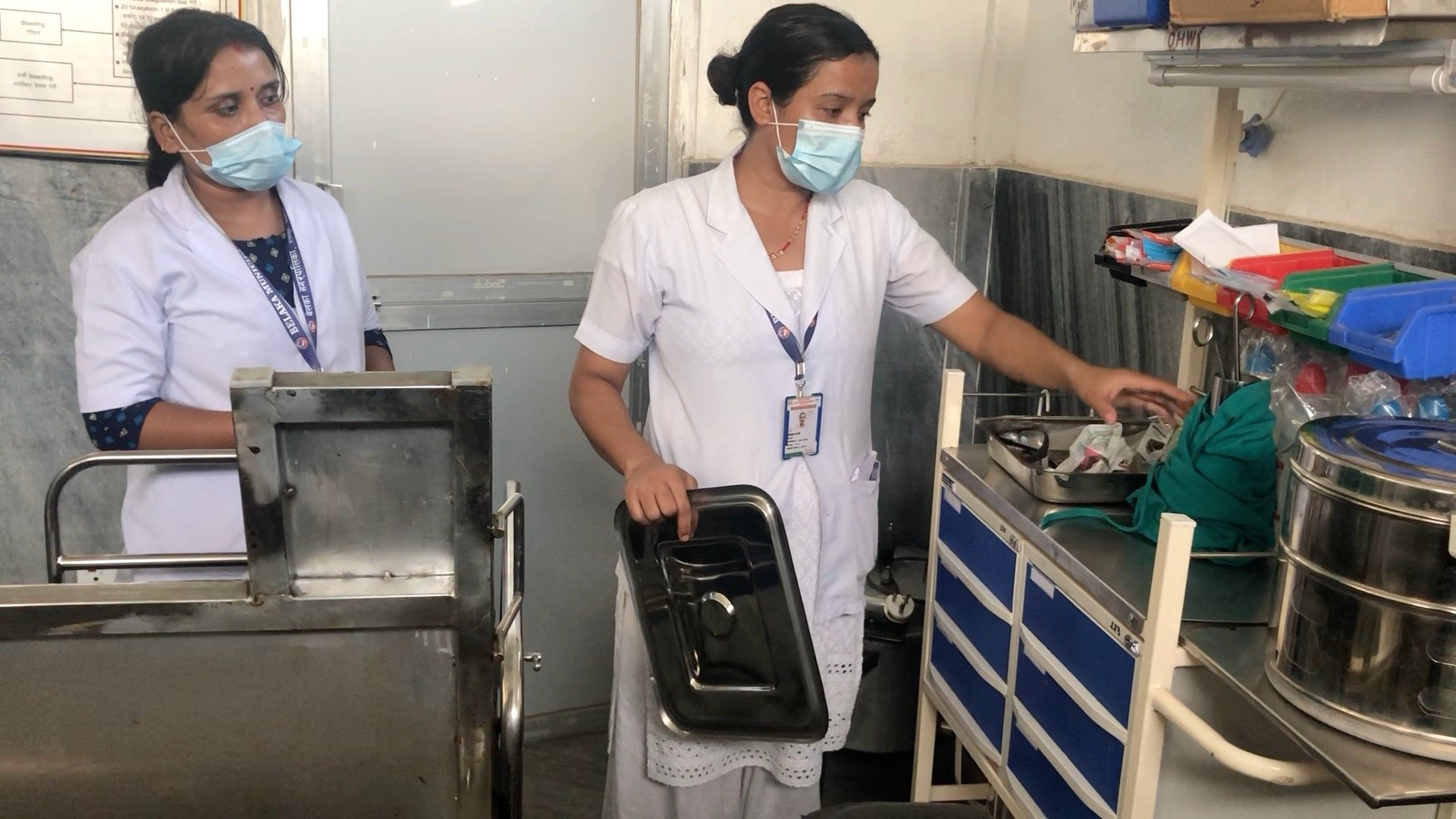
Research & Development: Improving Our Model
Simulation-Based Mentorship Program (SBMP):
We successfully ran monthly sessions of the SBMP at 26 health facilities in Udayapur and 3 health facilities in Dolakha. Pre-assessments were also completed for an additional 17 health facilities in Udayapur and 6 in Dolakha. Early feedback from mentees was positive as participants identified gaps in their skill sets and committed to regular program participation.
HMIS 3.6.1.:
All health facilities are using HIMIS 3.6.1. for their service entries despite facing challenges with unstable internet. We are currently working with local municipalities to ensure the prioritization of regular working internet access for all health facilities. In the meantime, we developed an offline version of the program that was installed in all of the health facilities. The health facility staff uses the offline version on a daily basis and syncs the data once a day using cellular data. In the few areas with limited cellular access, the staff is asked to get into the internet range weekly to download their data. We updated the HMIS 3.6.1 software in all 40 health facilities to better synchronize online and offline versions.
External Evaluation:
The Social Sciences Baha team conducted in-depth qualitative interviews with 82 key informants (new mothers and their caregivers). The Dartmouth and Social Sciences Baha teams are now analyzing and correlating both quantitative and qualitative data. This analysis is expected to be completed by the end of year and the Phase One report to be shared with OHW shortly thereafter.

Financials
What are We Reading this Quarter?
Vousden N, Bunch K, Morris E, Simpson N, Gale C, O’Brien P, et al. (2021) The incidence, characteristics, and outcomes of pregnant women hospitalized with symptomatic and asymptomatic SARS-CoV-2 infection in the UK from March to September 2020: A national cohort study using the UK Obstetric Surveillance System (UKOSS). PLoS ONE 16(5): e0251123.Protecting those who protect us from Covid
Nepal sees huge rise in maternal deaths as Covid keeps women at home
